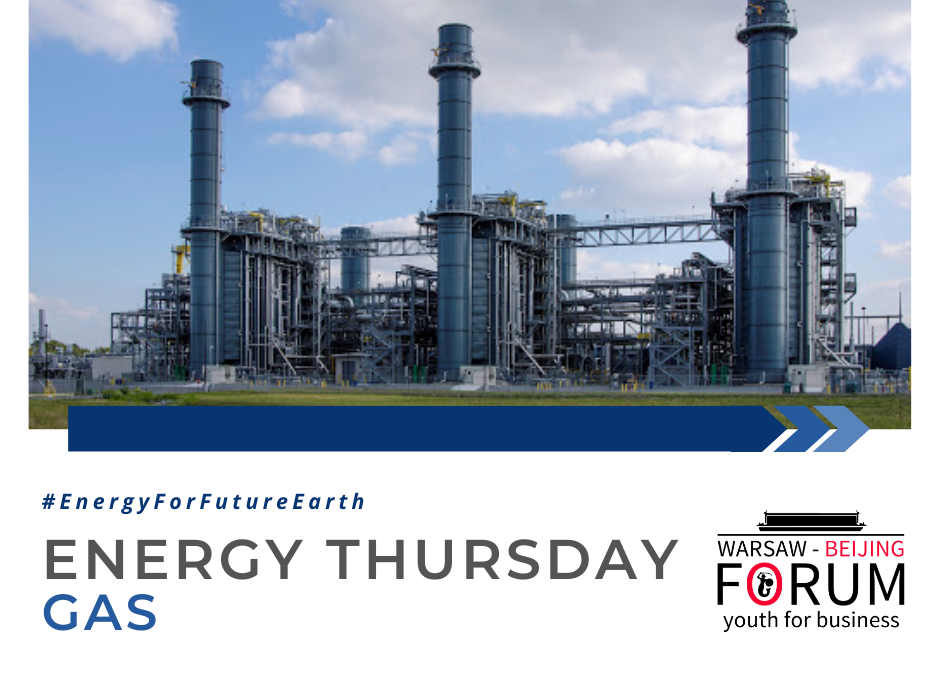At the end of the 20th century, the most crucial gas production area was the Sichuan Basin. In 2003, the main problem of gas was competing with cheap coal and creating demand for it, but as early as in 2005, China had to raise the gas price to control its supply. In 2007, PRC proposed a new natural gas policy by introducing categories of gas consumption: priority, allowed, limited, prohibited (Table 6.3 2007 natural gas usage policy). City gas provided the highest priority, which limited the use of gas in the chemical industry, including methanol production. Gas consumption policy-oriented has been used for greener and more sustainable usage of gas, especially where it is the best alternative to coal. In 2012, restrictions on gas usage were relaxed, maintaining the ban on building power generators in areas with the largest coal extraction. At the same time, city gas received an even higher priority (Table 6.4 2012 natural gas usage policy). China has been pursuing a policy of determining the gas price equilibrium on the market so far.
The Beijing-Tianjin-Hebei region is one of the most polluted regions in China. According to studies, mortality due to air pollution increases by 14% during the heating season and is closely related to respiratory and cardiac diseases. Higher mortality mainly affects lower-income groups as those living in rural areas. To reduce pollution coal heating has been cut down in favour of gas. The Strategic Action Plan for Energy Development has set a goal: to increase natural gas in the energy sector in China from 6% to 10% by 2020. Already in 2005-2016, access to gas in the residential sector increased fivefold. The demand for gas increases in urban agglomerations. According to data, urban gas accounted for 18.79% in 2000, and 40.95% of gas demand in China in 2016. Therefore, natural gas can be treated as a bridge connecting renewable energy and coal, in particular with reduced CO2 emissions it contains a high calorific value, therefore it seems to be an effective solution. What’s more, the gas supply system ensures increased energy security.
Gas import in China have been increasing significantly since 2006. In China alone, investment in building gas extraction infrastructure in the current geopolitical situation does not seem more economically viable than gas imports, even if it is the largest holder of shale gas resources. China is pursuing an energy partnership policy with Russia. The effect of closer cooperation is the launch by Gazprom of the largest infrastructure investment of the “Siberia Force” gas pipeline, which will supply gas to China for at least the next 30 years. Further investments are planned between these partners.
Author:
Olga Ostrowska


Recent Comments